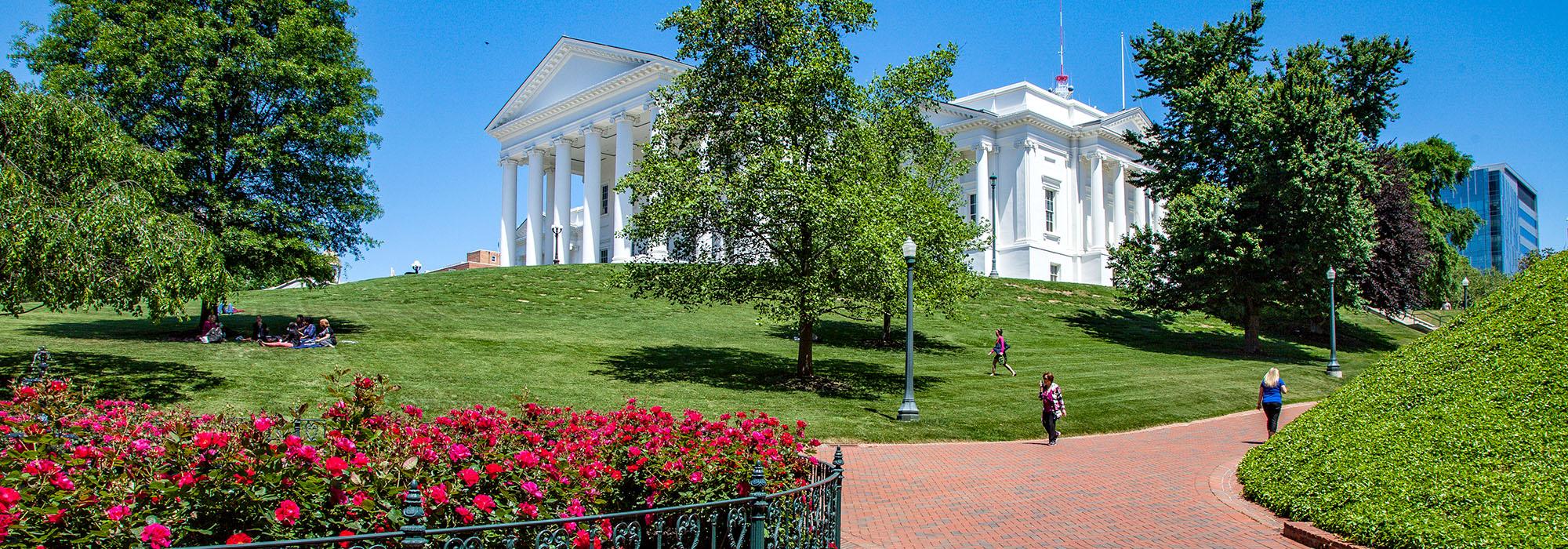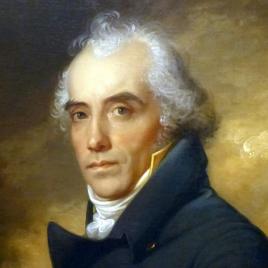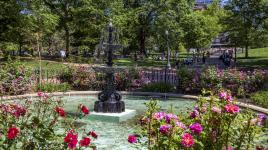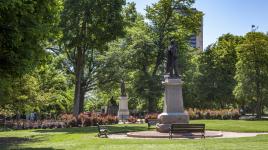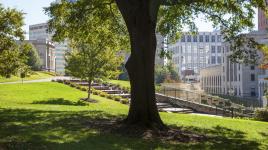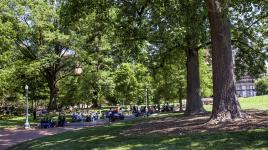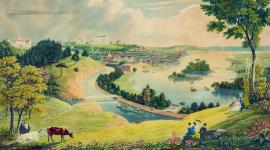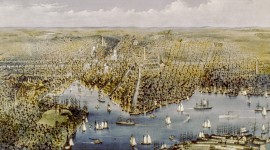Pioneer Information
Born in France, Godefroy was educated as an engineer and became a renowned architect who helped bring French architectural styles to the United States. During the French Revolution, he supported the Royalists and was later imprisoned for criticizing the Napoleonic regime. In 1805 he was released from prison and exiled. Godefroy settled in Baltimore, Maryland, where he became an instructor of drawing, art, and military science at Saint Mary’s Seminary and College. In 1808 he married Eliza Crawford Anderson, editor of the general interest periodical The Observer.
Godefroy designed several prominent structures in Baltimore, including the Saint Mary’s Seminary Chapel (1806), the First Unitarian Church (1817-1818), and a battle monument (1815-1825) to commemorate the British bombardment of Fort McHenry and the Battle of North Point during the War of 1812. For a decade, he enjoyed a friendship and partnership with prominent architect Benjamin Latrobe until they had a disagreement in 1816 while collaborating on the Baltimore Merchant’s Exchange (demolished in 1902). Soon after, Godefroy was commissioned to improve Capitol Square in Richmond, Virginia, inserting walkways, fountains, terraces, and orthogonal tree plantings in a formal setting. While in Richmond, Godefroy also designed the courthouse and City Hall (demolished in 1879) and contributed to the design of the Bank of Virginia and Farmer’s Bank building (burned down in 1865). Godefroy left the United States for London, England, in 1819 and later moved to work as a government architect in France, where he died.



